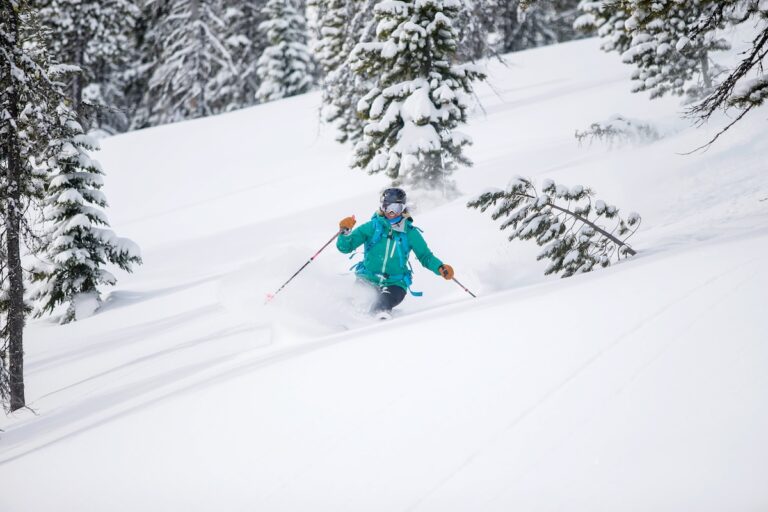“Riding a bike is supposed to hurt.” Ouch. That comment smarts because it just isn’t true. Granted, your legs ache from climbing hills, and everything hurts after riding a century. Crashing definitely hurts, too, but simply riding a bike shouldn’t damage your body. Yet, only 7 percent of cyclists get a bike fit. In fact, beginning and mid-level cyclists are most in need of a bike fit but are the least likely to get one.
According to the International Bike Fitting Institute (IBFI), the bike-fitting industry is quickly growing, but the consumer doesn’t know what to expect nor how to define a bike fit. Historically, finding the correct frame size (bike sizing) was considered bike fitting. However, sizing is only the beginning of the fit process. Bike fitting tailors the bike to the cyclist’s specific biomechanical needs by blending the science and art of fitting.
Bike fitting focuses on the cyclist’s contact points on the bike—foot and pedal interface, saddle, and stem and handlebars—and includes a thorough assessment of the cyclist’s body and cycling biomechanics, including videos from the front, side and back. Functional tests should include walking, jogging, single leg squat, balance, etc. A clinical fitter (i.e physical therapist, chiropractor, etc.) may include other tests appropriate for the clinical setting to assess current and prior injuries, neural involvement, joint integrity, range of motion, soft tissue restrictions and the cyclist’s boney architecture.
An example of this is Brenda Goehring, 58-years-young, who is an active member of Fit Fifty—a Spokane-based recreational club for triathletes, runners and cyclists. Brenda complained of back pain and numbness in her hands and feet after approximately 20 miles. She and her husband are training for their second Seattle to Portland bike ride (212 miles in 2 days). She’s been riding over 10 years and plans on riding into her old age.
We met at Mojo Cyclery to work thru Brenda’s bike fit. During the assessment, it was clear that her hand numbness and low back pain were both aggravated by the low and short position of her stem. Her center of gravity was dumped forward, creating excessive pressure through her hands; her elbows were locked out with a rounded upper spine and shoulder blades. The adjustable stem was immediately implemented; a steeper and slightly longer stem alleviated the pressure on her hands while creating the more ideal 90-degree shoulder position. Her original saddle position was good (30 degree knee flexion, knee fore-aft 20 millimeters anterior to the pedal spindle). However, the saddle needed to be moved back after the proper stem position had been identified.
Addressing Brenda’s foot numbness required new cycling shoes because her old shoes were too narrow in the forefoot, thus compressing the nerves between the toes. Prior to the fit, the right knee tracked to the outside and the left knee tracked to the inside. We brought the feet under the knees by moving the right foot laterally and the left foot medially. Brenda also had a mild bilateral forefoot varus (angling of the bones); we placed a 1-degree varus cleat wedge to provide forefoot leverage during the downstroke. (Note: rotation looked fine). The tracking of her legs dramatically improved.
I knew she felt the magic when a huge grin came across her face. She started clicking through her gears and riding faster. “That’s it!” The pressure on her hands and feet was gone. She felt light on her pedals and had no pressure in her spine. The simple joy of riding her bike had returned. THAT is what cycling is about: feeling the wind on your face and feeling like you are 10-years-old again.
Bike fitting doesn’t require a lot of fancy expensive equipment. A great bike fit requires the ability to problem solve and create the solution for a specific cyclist. Everyone deserves to be comfortable on their bikes, whether they are a high-level triathlete, road racer, or beginning cyclist. As bike fitters, we are there to perpetuate the joy of riding your bike. // (Katrina Z. Vogel)
Kit Vogel, MS, DPT, is an avid cyclist and former Cat 2 velodrome racer; she also loves rock climbing, hiking and downhill skiing. This is Vogel’s first article for Out There.
Feature photo: Brenda and Katrina Z. Vogel
Originally published in the May 2018 print edition of Out There Outdoors under the title “Field Notes from a Bike Fitter.”













